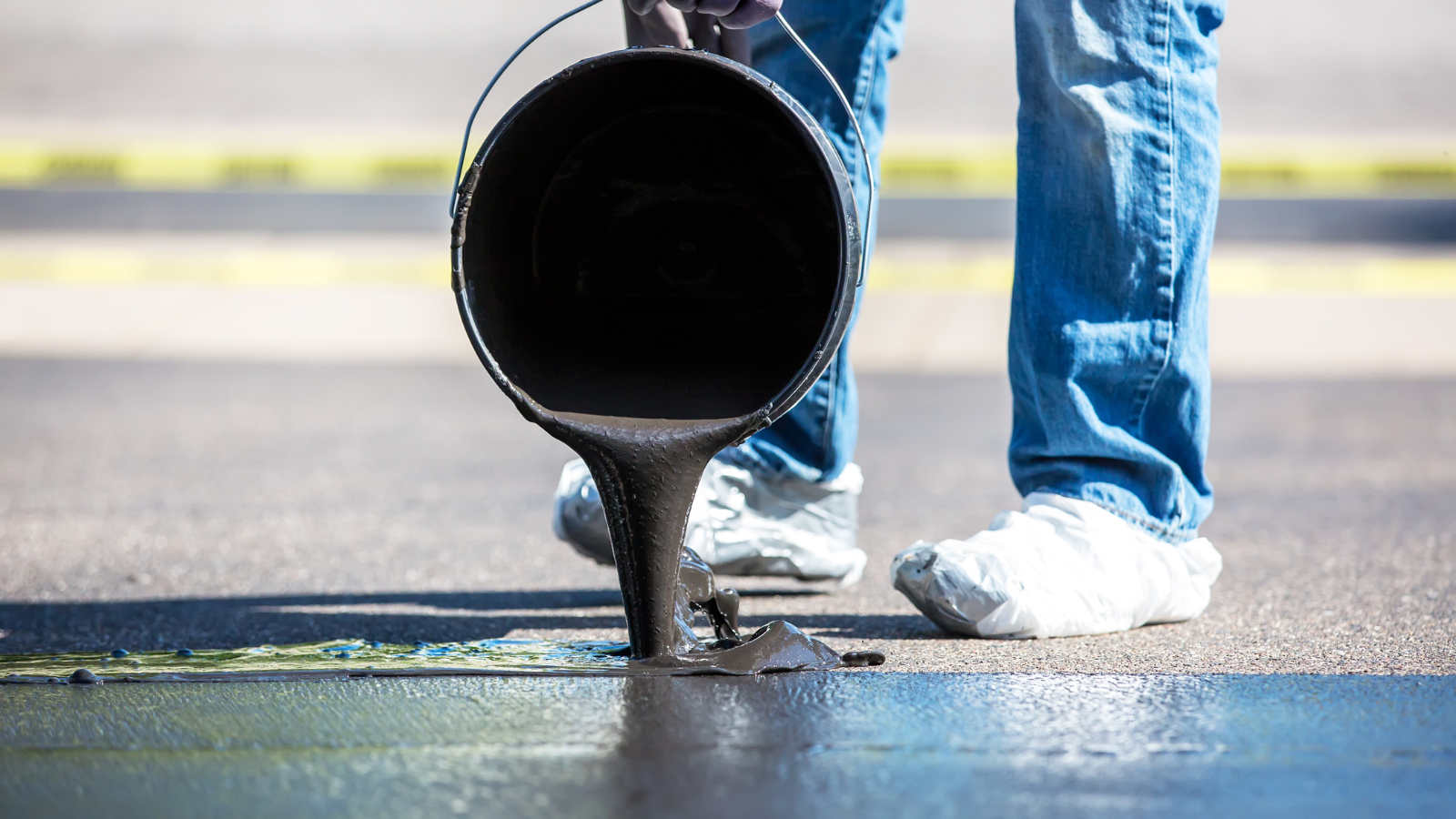Asphalt is a tried-and-true, long-lasting, and cheap way to pave roads. Taking care of your driveway can make it last a lot longer, but nothing lasts forever. One day, your driveway will need to be fixed. If you notice the damage soon enough, you might be able to fix it on your own. Browse around this site.
So, what does it look like when asphalt breaks down?
Asphalt can break down in many ways, but on a residential driveway, the first thing you will probably notice is cracks, holes, or crumbling. If you notice a problem early enough, you might be able to fix it yourself.
Here are some tips on how to fix common problems with your own driveway.
HOW TO FIX CRACKS IN YOUR ASPHALT DRIVEWAY
Asphalt cracks for a number of reasons, including heavy loads, shifting earth below the sub-base, freeze/thaw cycles, and even the growth of plants through the asphalt.
There is a way to fix cracks in your asphalt driveway and keep it from falling apart.
This is how:
- Use a wire brush to remove all of the loose dirt and debris from the cracks in your asphalt driveway.
- Make sure to use a brush to clean out the cracks and sweep away any loose things.
- It’s important to clean the crack and the area around it. If you don’t, the patch might not stick well and will wear out much faster in the long run.
- You can use a garden hose to get rid of any extra dust in the area and a cleaning agent to get rid of any old oil or grease spills on the asphalt.
- Now that the cracks have been cleaned out completely, use the crack sealer as directed on the package.
If you’re not sure you can do the job on your own, call in the pros to help you finish it. Our crew is great.
Related post: Asphalt Parking Lot Aftercare: Do’s And Don’ts
HOW TO FILL IN LOW-SPOTTED ASPHALT
When cars are parked in the same spot for a long time or when the base or sub-base is not laid correctly, depressions can form in the asphalt. Over time, these depressions can get a lot worse if it gets cold and water pools in them.
In time, cracks will form in these holes, water will get in, and the asphalt will become weak and start to fall apart.
Here’s how to fix depressions in your asphalt:
- Make sure to clean the low spots in your asphalt well before you start to fill them. You can sweep away any dirt, and a high-pressure hose can be used to get rid of any grease or oil. You can also add some cleaner to the mixture to help eliminate the oil or grease faster.
- When you are done cleaning the area, make sure there is no water left in the depression. You can’t put the patching materials on a soaked surface or even damp.
- Now that the area is prepped and ready to go, carefully spread asphalt patching in the area to fill the hole up to the same level as the rest of the surface. Use a metal tamper to make it smooth.
- At least 24 hours will be needed for the patches to dry, so for now, fence them off so no one steps on them or drives over them.
If you need help fixing a hole in asphalt or don’t feel comfortable doing it yourself, talk to us about getting the help you need.
HOW TO FIX ASPHALT THAT IS CRUMBING ON YOUR DRIVEWAY
When a crack or depression isn’t fixed right away and water gets into the asphalt, the asphalt usually starts to crumble.
For the remaining asphalt to last longer, repairs need to be made right away. If the cracks in the asphalt just started showing up recently, a good contractor can easily fix them.
When you fix cracks and potholes in your driveway, it’s best to fill in any low spots and then seal the driveway to keep it from falling apart again soon.
HOW TO MAKE YOUR ASPHALT DRIVEWAY WATERPROOF
- After you fix any cracks, holes, or low spots in your driveway, you should wait between two and five days to seal it.
- Make sure the surface of your asphalt is free of oil, dirt, grease, and any other debris. Use a broom to pick up as much oil and dirt as you can, and then use a cleaner or detergent to get rid of any grease that is still there. Rinse the area with a high-pressure hose and mop up any big puddles.
- Even if the area isn’t completely dry, it’s fine to start putting on the sealant.
- Stir your sealant well because you need to make sure that all of the ingredients are mixed well or it won’t work.
- Then, put sealant on each section of asphalt and use a roller to spread it around so it’s spread evenly. Make sure that the sealant gets into any areas that are very worn. This will help make sure they don’t get worse.
- When you’re done, block off the areas you’ve sealed so no one else can mess with them. Before a car can drive over the sealant, you have to wait about 24 hours.
At Elizabeth Paving, we provide residential, commercial, municipal, and industrial customers with high-quality asphalt paving, asphalt repair, and asphalt maintenance.
If you call (908) 458-9401 during business hours, you will always get a response the same day.







